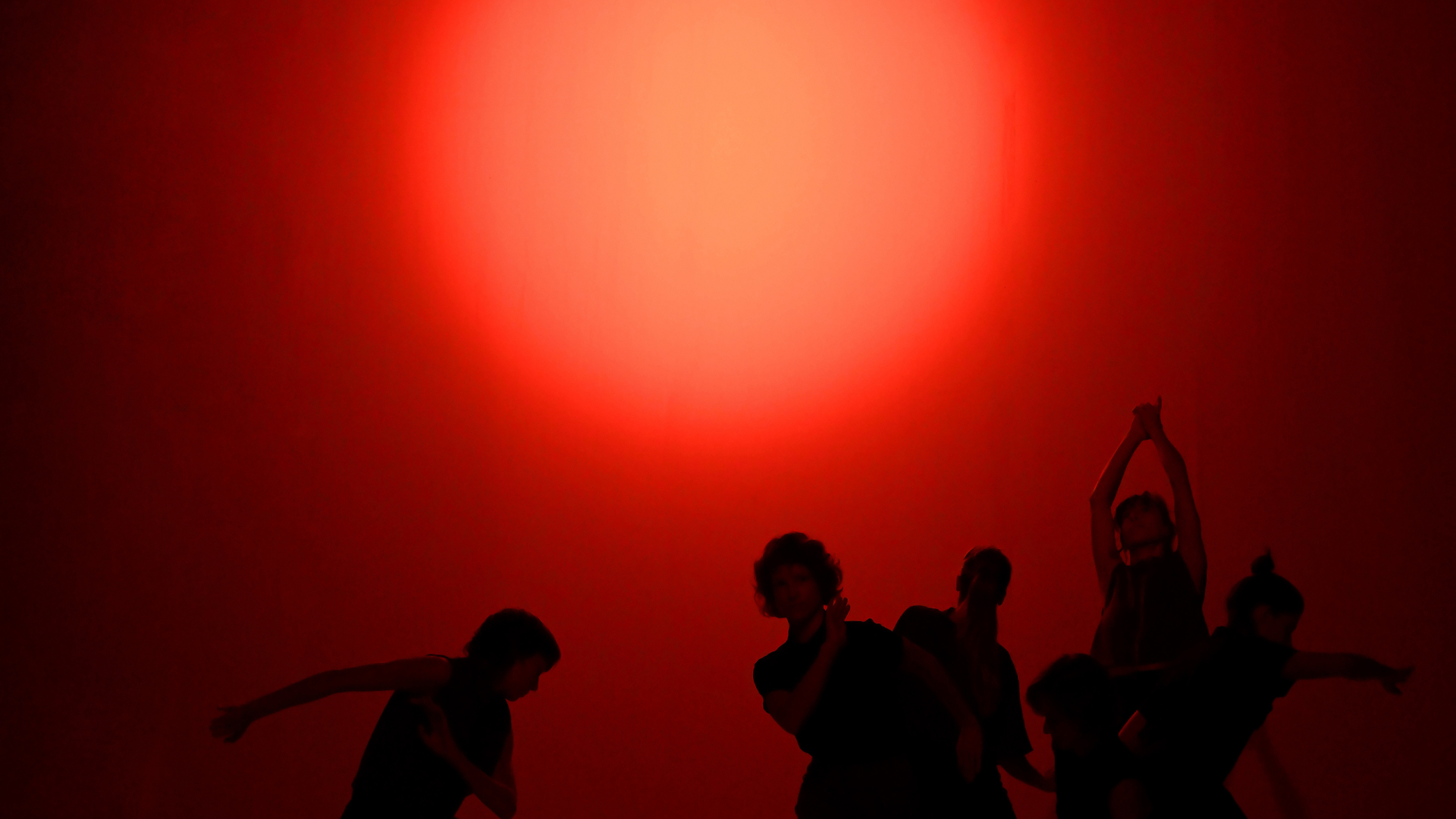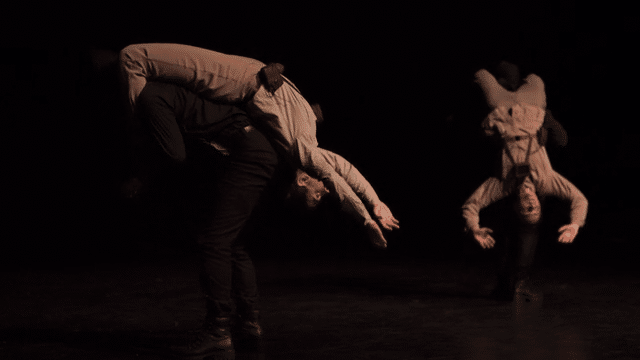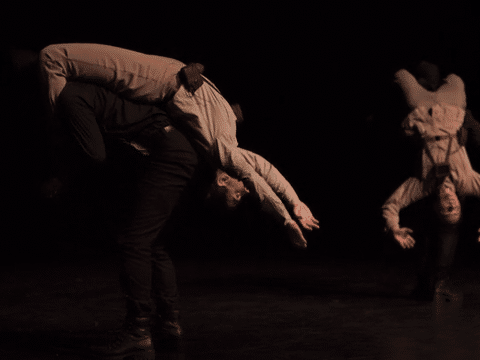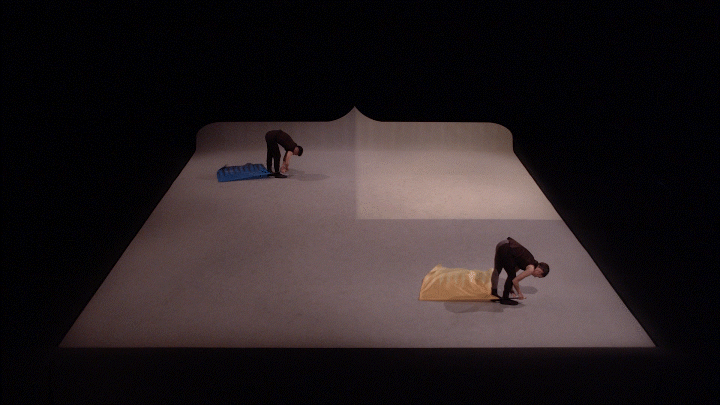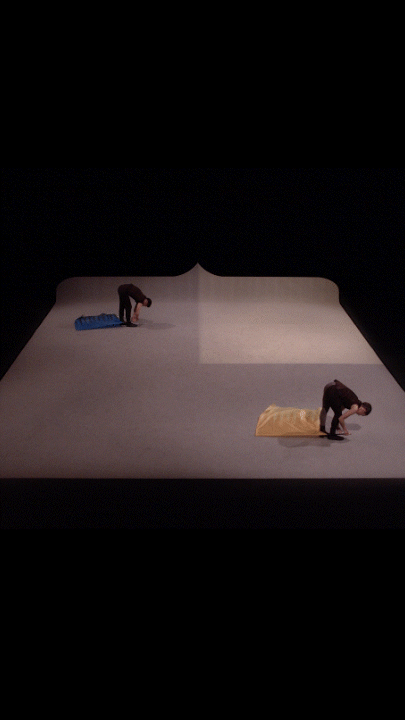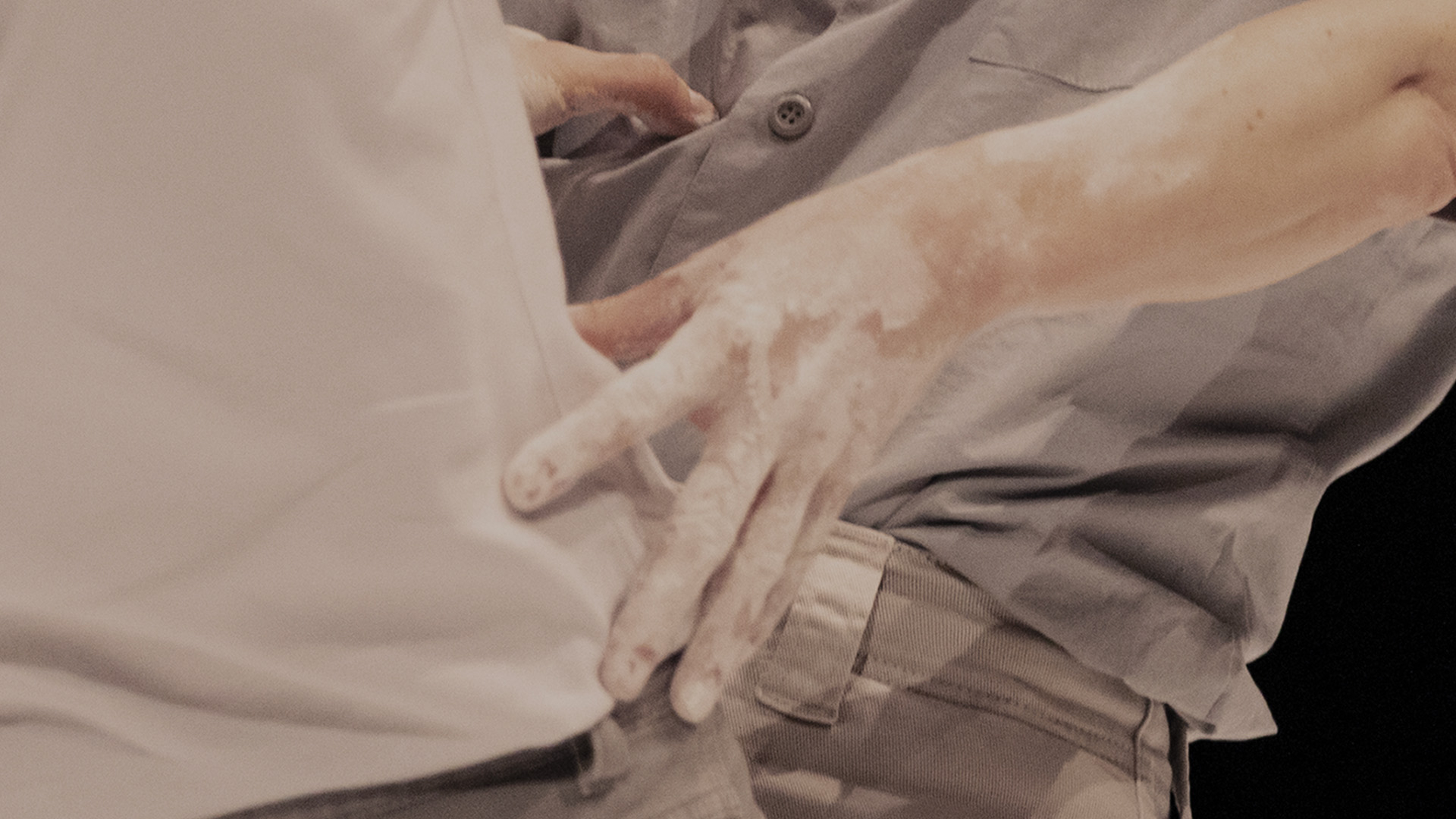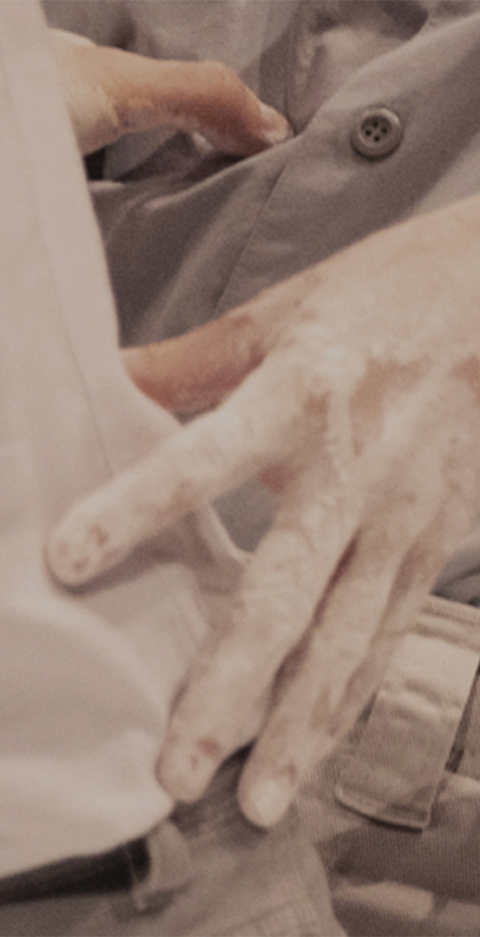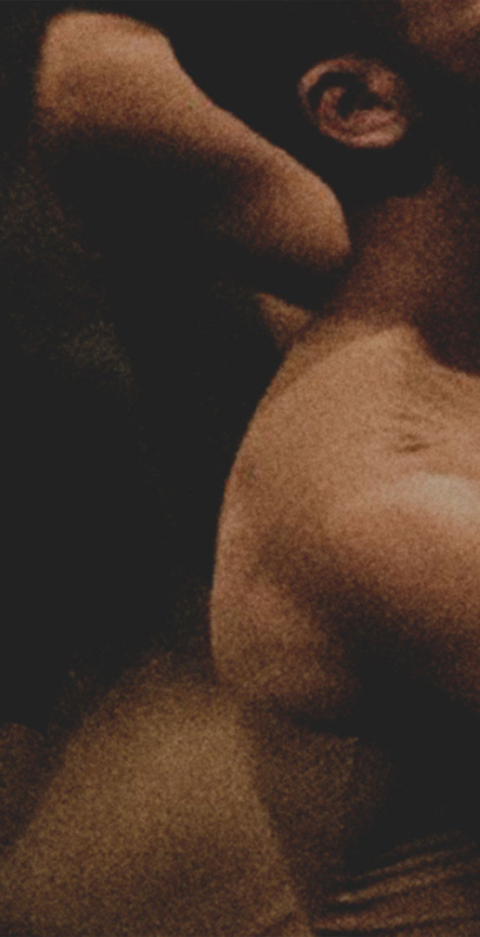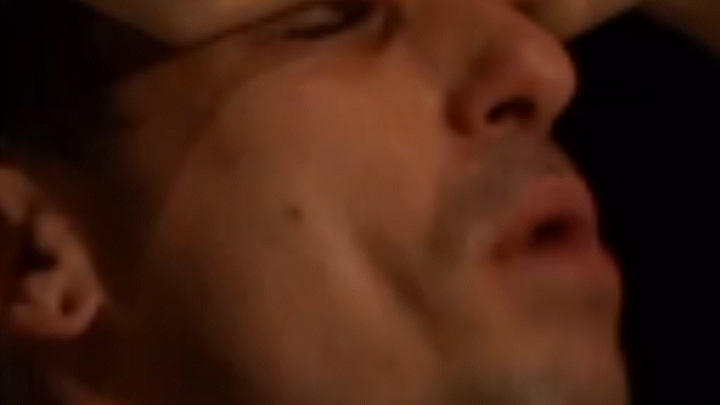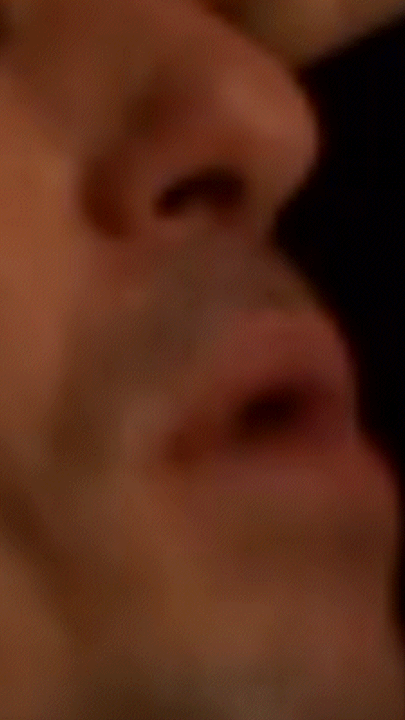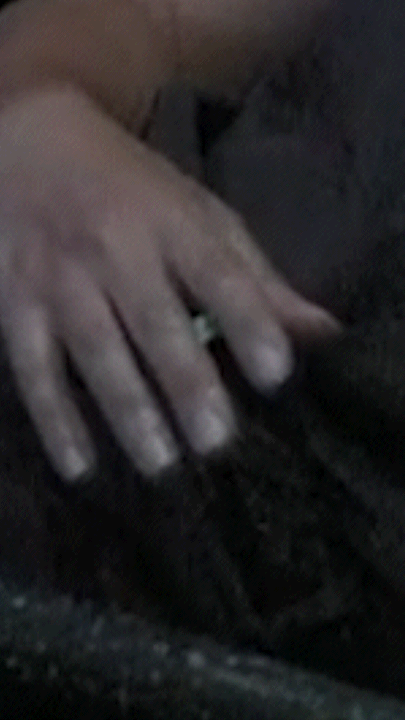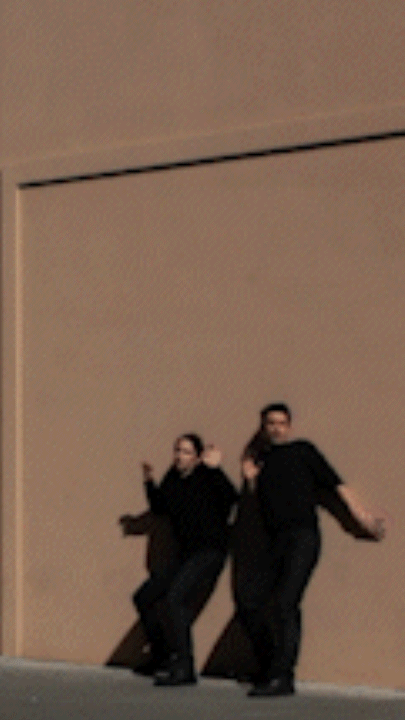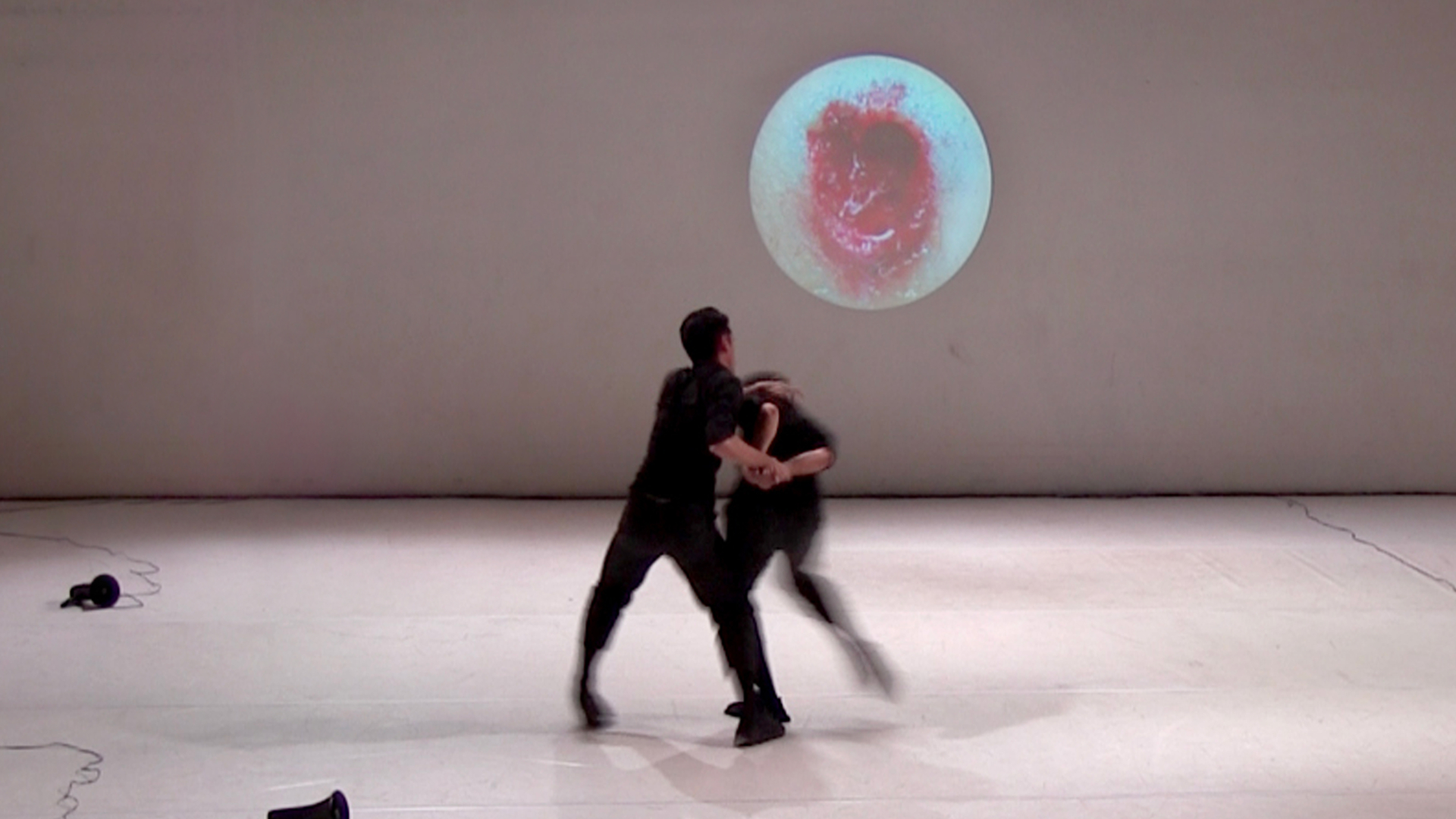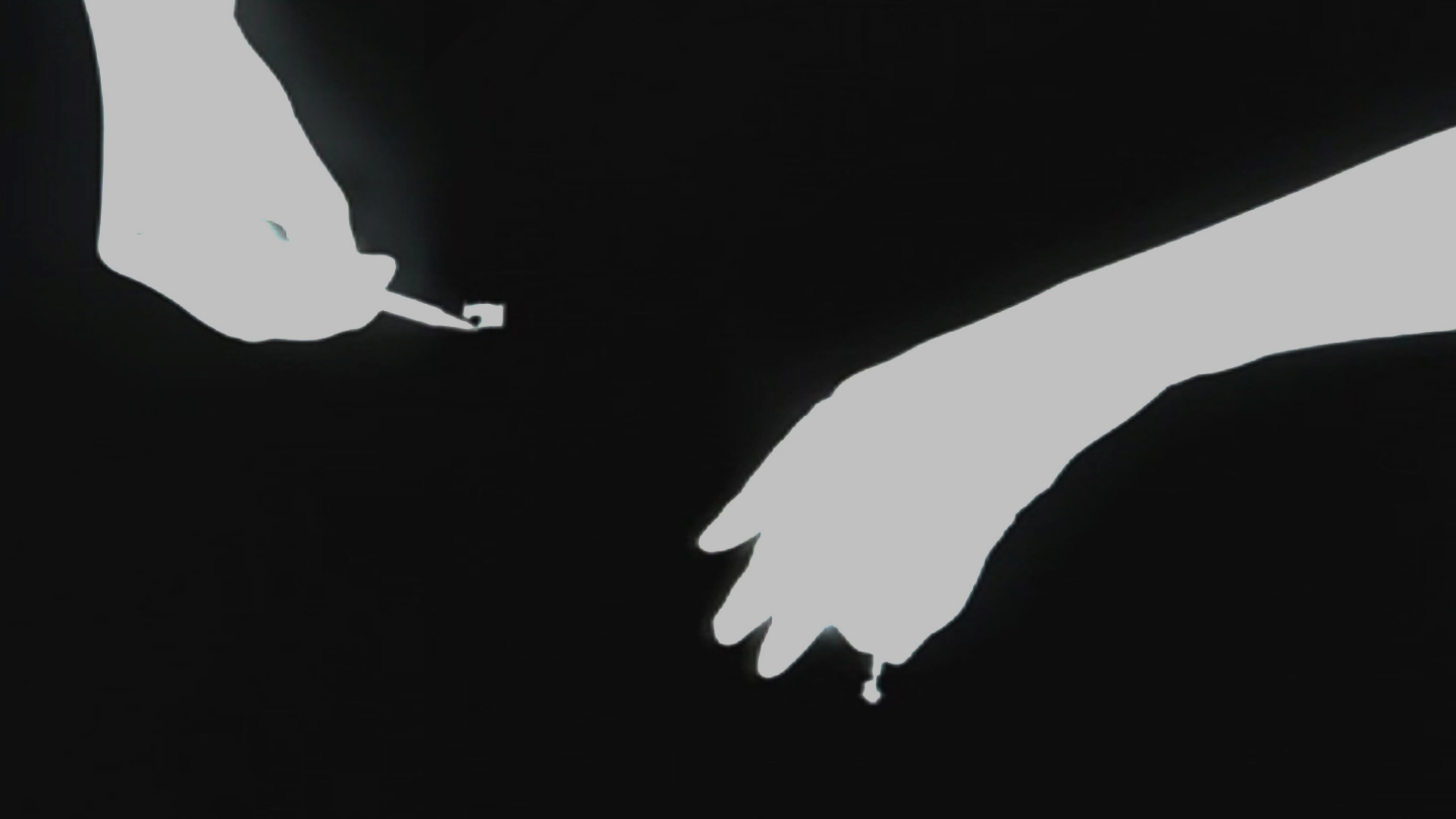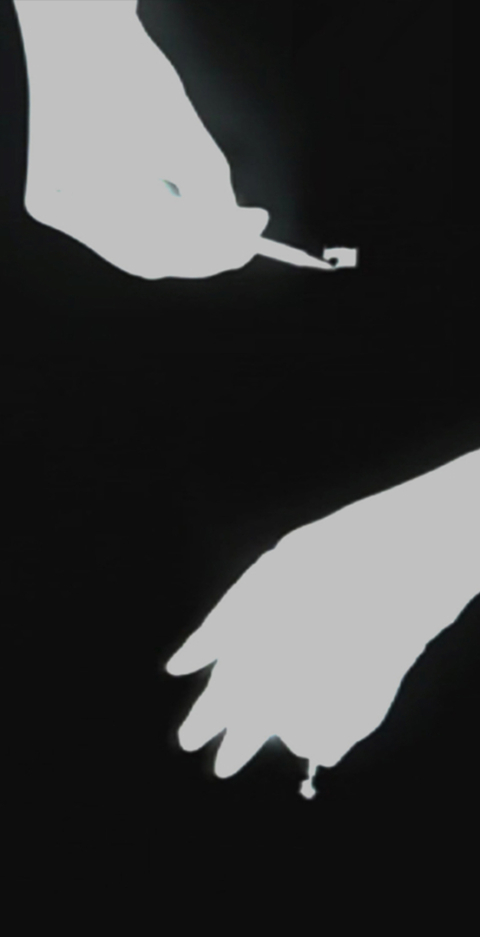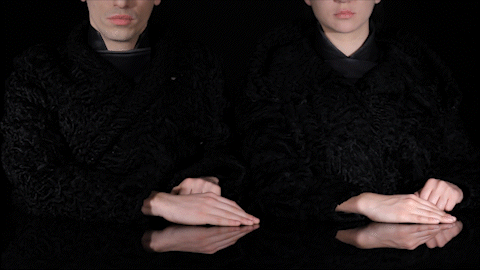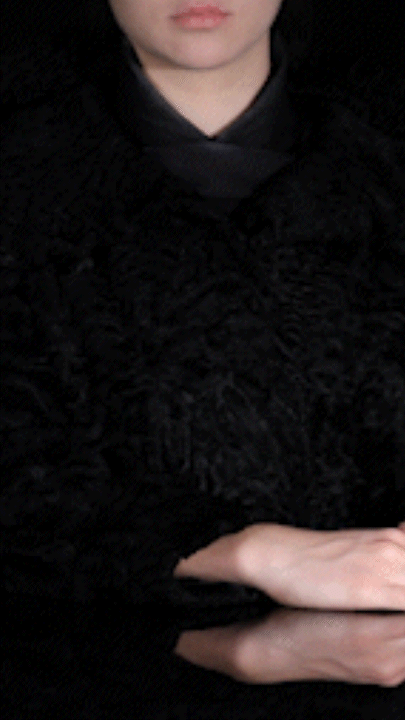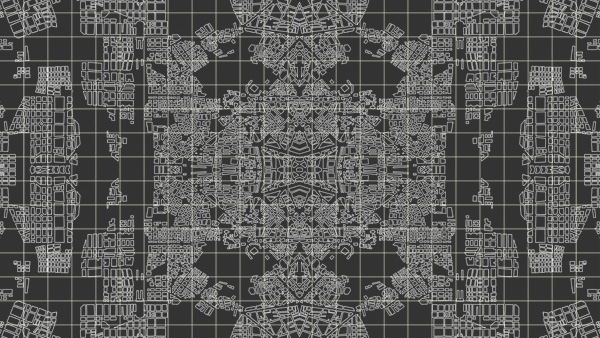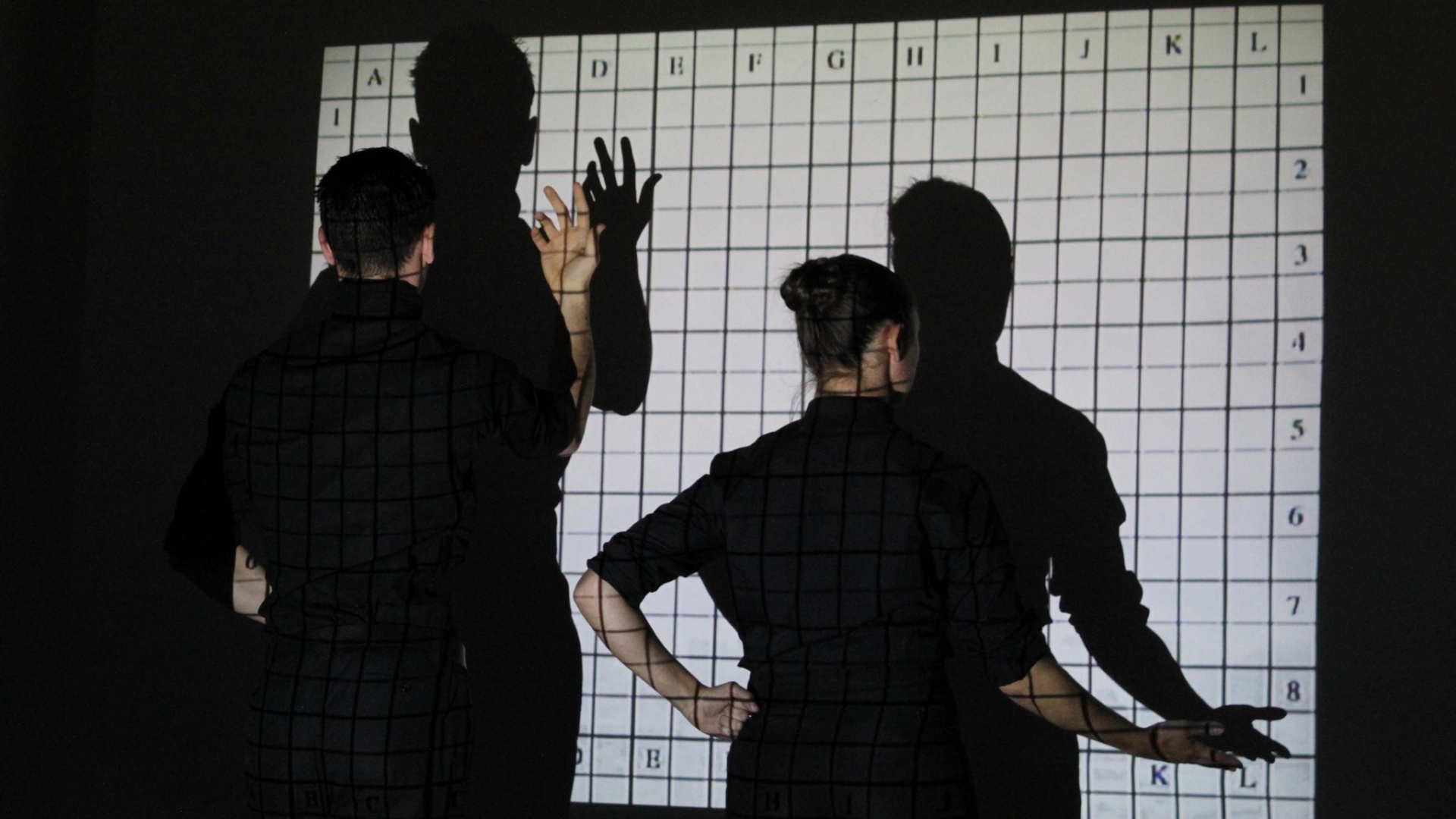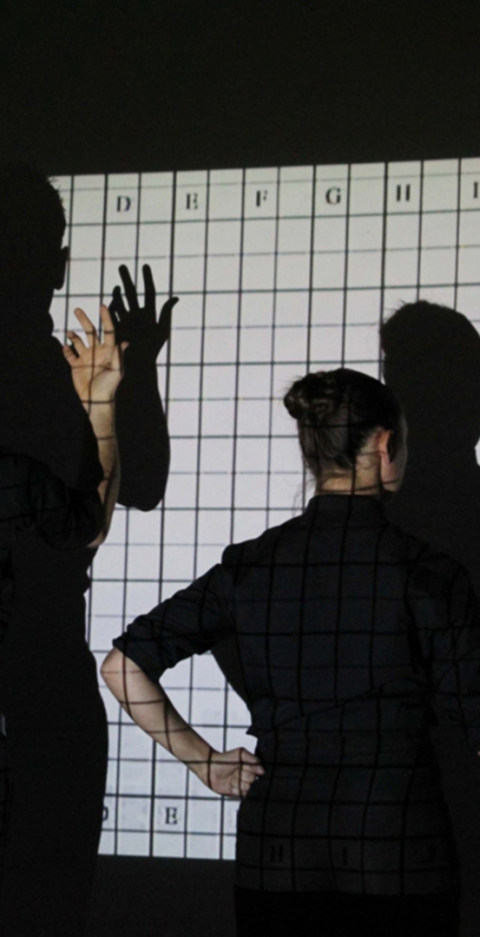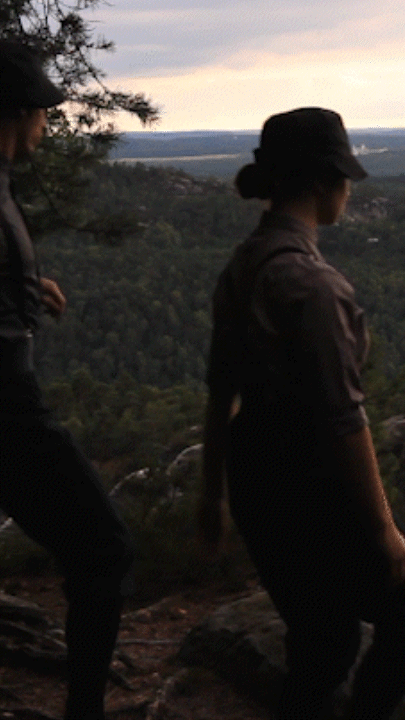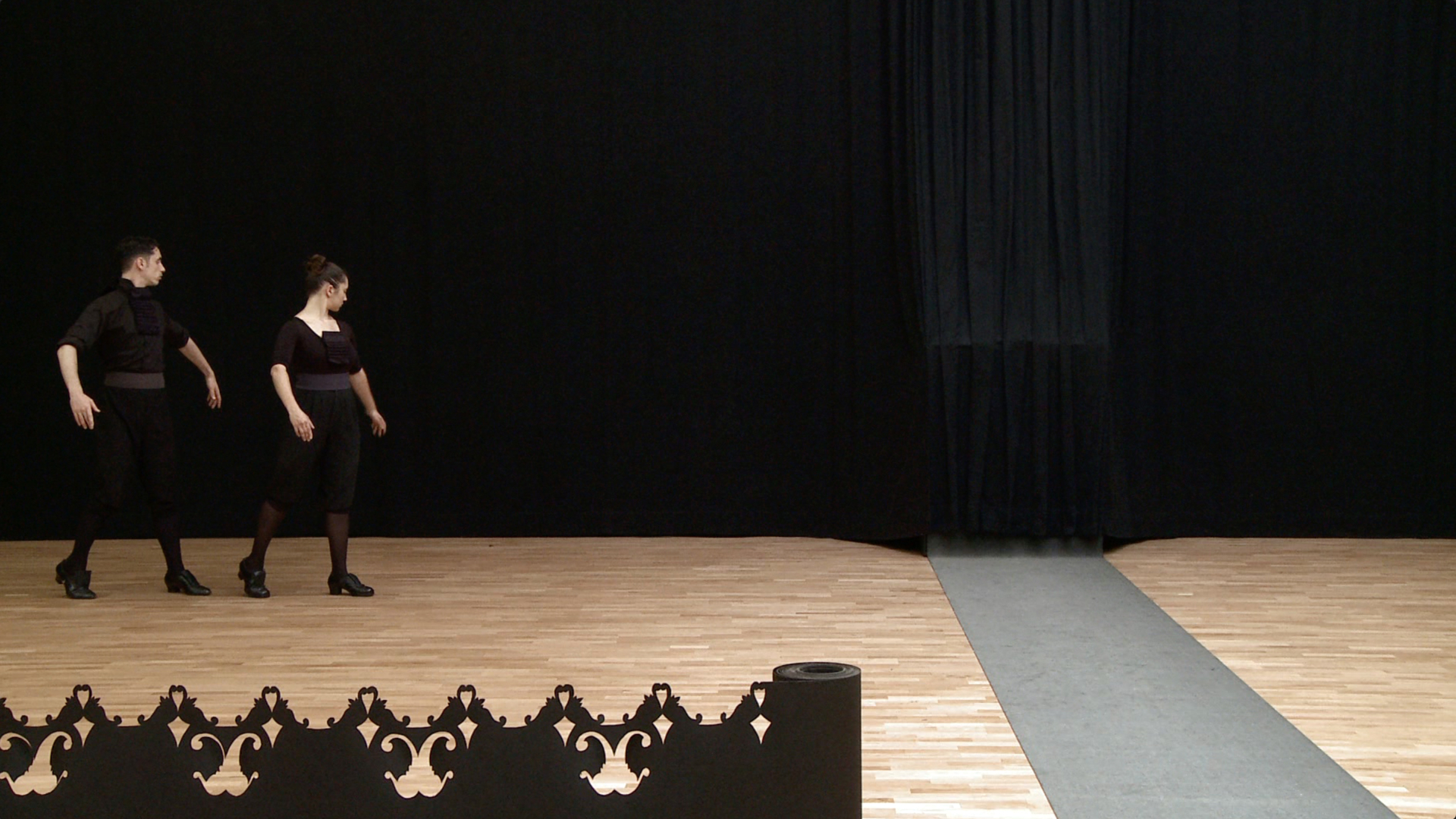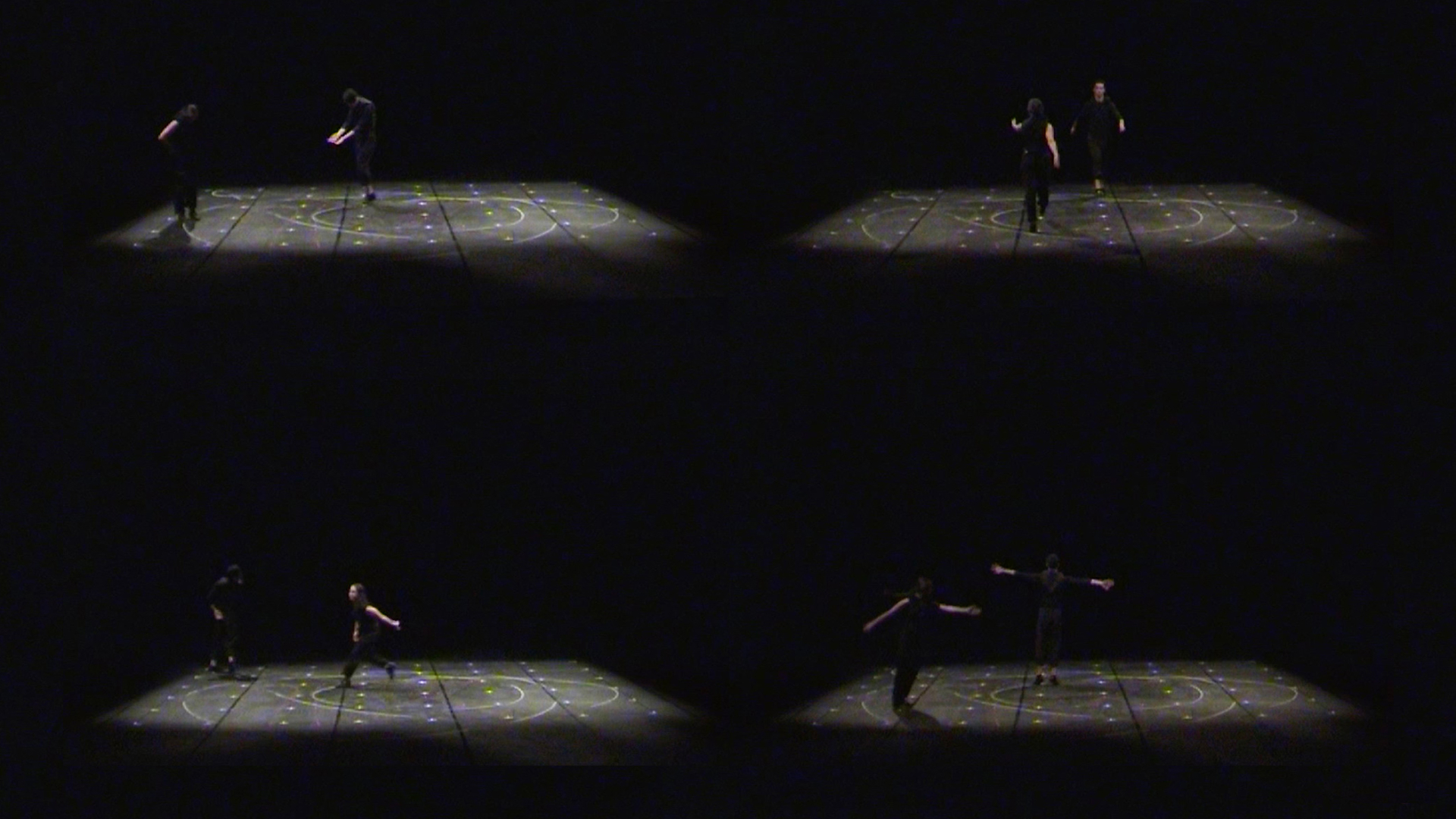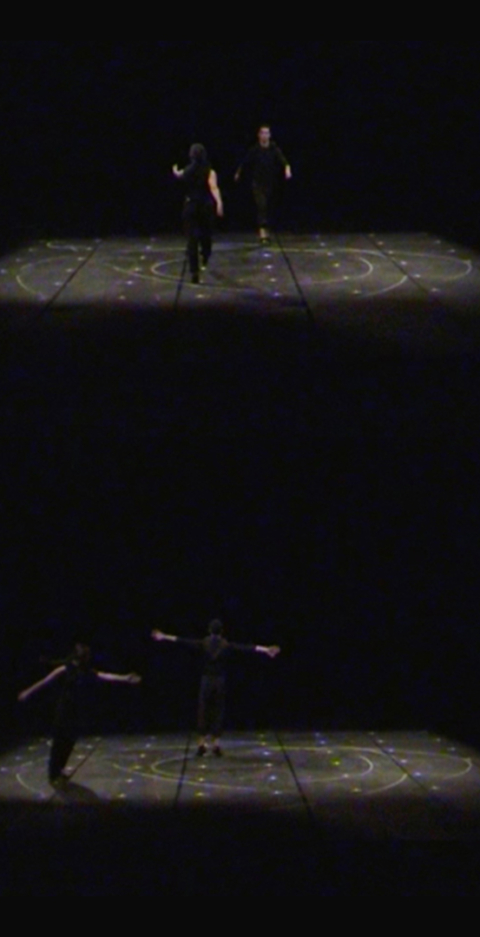The word alarm finds its origin in the Italian expression "all'arme!", meaning "to arms!" or "to the weapons!" - a cry of warning historically used to incite readiness and defence in the face of imminent danger, such as an attack or invasion. "Arme" is the archaic form of "armi," referring to instruments of defence or offence.
This etymology reveals that the concept of alarm is deeply intertwined with the act of preparing for battle, being ever vigilant and ready to defend oneself or respond to a threat. Over time, however, the meaning of "alarm" has evolved beyond its martial roots to encompass warnings of danger in a broader sense, extending to various situations of emergency.
Yet, as alarm prompts defence, it also raises questions: When does defence become aggression? How can we balance the need for protection with the risk of becoming a threat ourselves?
In this choreographic work for six dancers, Panzetti / Ticconi embark on a journey that begins with the rhythmic potential of the human step, exploring the persuasive power of synchronised and collective movement. Drawing inspiration from the military choreographic vocabulary, they delve into the tension between individual agency and collective force, questioning the fine line between necessary defence and the possibility of becoming what we fear.
Choreography – Panzetti / Ticconi; Dancers – Martina Tomić, Ida Jolić/Ema Crnić, Viktoria Bubalo, Marta Krešić, Filipa Bavčević, Nastasja Štefanić-Kralj; Music – Hrvoje Nikšić ; Light – Tomislav Maglečić; Costumes – Tina Spahija; Producer – Ivan Mrdjen; Public relation – Ivana Sansević ; Visuals – Tihomir Filipec; Photo – Nina Đurđević; Produced by – Studio za suvremeni ples (SSP) – Studio Contemporary Dance Company; Financial support by – Republic of Croatia Ministry of Culture and Media, City of Zagreb, Zaklada Kultura nova, Instituto Italiano di Cultura di Zagabria; Coproduced in collaboration with the Pan – Adria network (ArtistiAssociati – Centro di Produzione teatrale, Gorizia; Zavod En–Knap, Ljubljana; Hrvatski kulturni dom na Sušaku, Rijeka; Zavod Flota, Murska Sobota via Ljubljana; Zagrebački plesni centar, Zagreb; Slovensko narodno gledališče Nova Gorica, Nova Gorica; Mediteranski plesni centar Svetvinčenat, Svetvinčenat); Supported by – Lavanderia a Vapore/ Fondazione Piemonte dal Vivo, in the frame of the residency program Lavanderia a Vapore, Collegno (TO), Kulturni centar Travno; Thanks – Zadarski Plesni Ansambl
